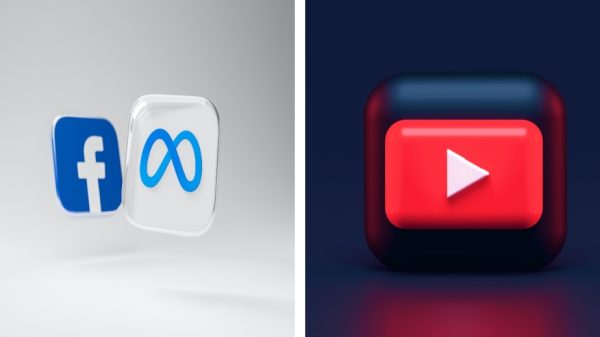Hey YouTube, what’s up?
Forbes just released a list of the highest paid YouTube personalities according to their annual salary.
[clickToTweet tweet=”Each channel rakes in at least five million dollars a year, so feel free to feel bad about yourself.” quote=”Each channel rakes in at least five million dollars a year, so feel free to feel bad about yourself.”]
But keep in mind that for the most part, overnight success is largely a myth. These YouTubers have been building a following for years, tapping into a market of trial and error. So, who made the list?
![]()
Who’s who
7. Colleen Ballinger, comedian
$5 million/year
7. (Tie!) Rhett & Link, morning talk show hosts
$5M/year
6. German Garmendia, comedian/musician
$5.5M/year
6. (Tie!) Markiplier, gamer
$5.5M/year
5. Tyler Oakley, LGBTQ activist
$6M/year
5. (Tie!) Rosanna Pansino, baking geek
$6M/year
4. SMOSH, aka Anthony Padilla and Ian Hecox, sketch show comedians
$7M/year
3. Lilly Singh, rapper/comedian/dancer
$7.5M/year
2. Roman Atwood, prankster/stunts
$8M/year
1. PewDiePie, gamer
$15M/year
Network effect
So how are they making all this money? The top earners feature gamers, pranksters, and comedians. These are all pretty commonplace internet occupations. YouTube is rife with videos of stand-up meets baking meets nerd culture, but somehow these top earners have staked out a spot above the masses, earning millions of dollars a year.
Their popularity is due in part to the network effect, where one user’s product or service affects the value of that product to other people. Social networks are a prime example. When more users join, the sites become increasingly attractive to others.
As YouTube evolved, subscribing to channels became more commonplace. Instead of simply sharing videos or creating playlists of favorites, YouTube created the ability to subscribe. Users can follow channels like they would follow friends on other social media sites.
Like, comment, subscribe
This, in turn, leads to the bandwagon effect. When users can see there is already a large following for a channel, they are likelier to subscribe. Personal elements also influence viewers to subscribe.
Directly engaging viewers by asking them questions and telling them to like, comment, and subscribe to your videos make users feel like they are personally involved in the channel. Success isn’t just about having a viral video. These top YouTubers have cultivated their followers for years, creating engaging channels that users feel connected to in a personal way.
While being a YouTube star may seem lucrative, keep in mind that making millions is not the norm.
The success of your own channel should be measured by its followers and impact, not just the monetary value.
Make sure to engage your current followers and encourage viewers to interact with your videos and brand.
#YouTubeFame
Lindsay is an editor for The American Genius with a Communication Studies degree and English minor from Southwestern University. Lindsay is interested in social interactions across and through various media, particularly television, and will gladly hyper-analyze cartoons and comics with anyone, cats included.












































Pingback: Why rising star PewDiePie is falling, stands to lose millions of dollars - The American Genius